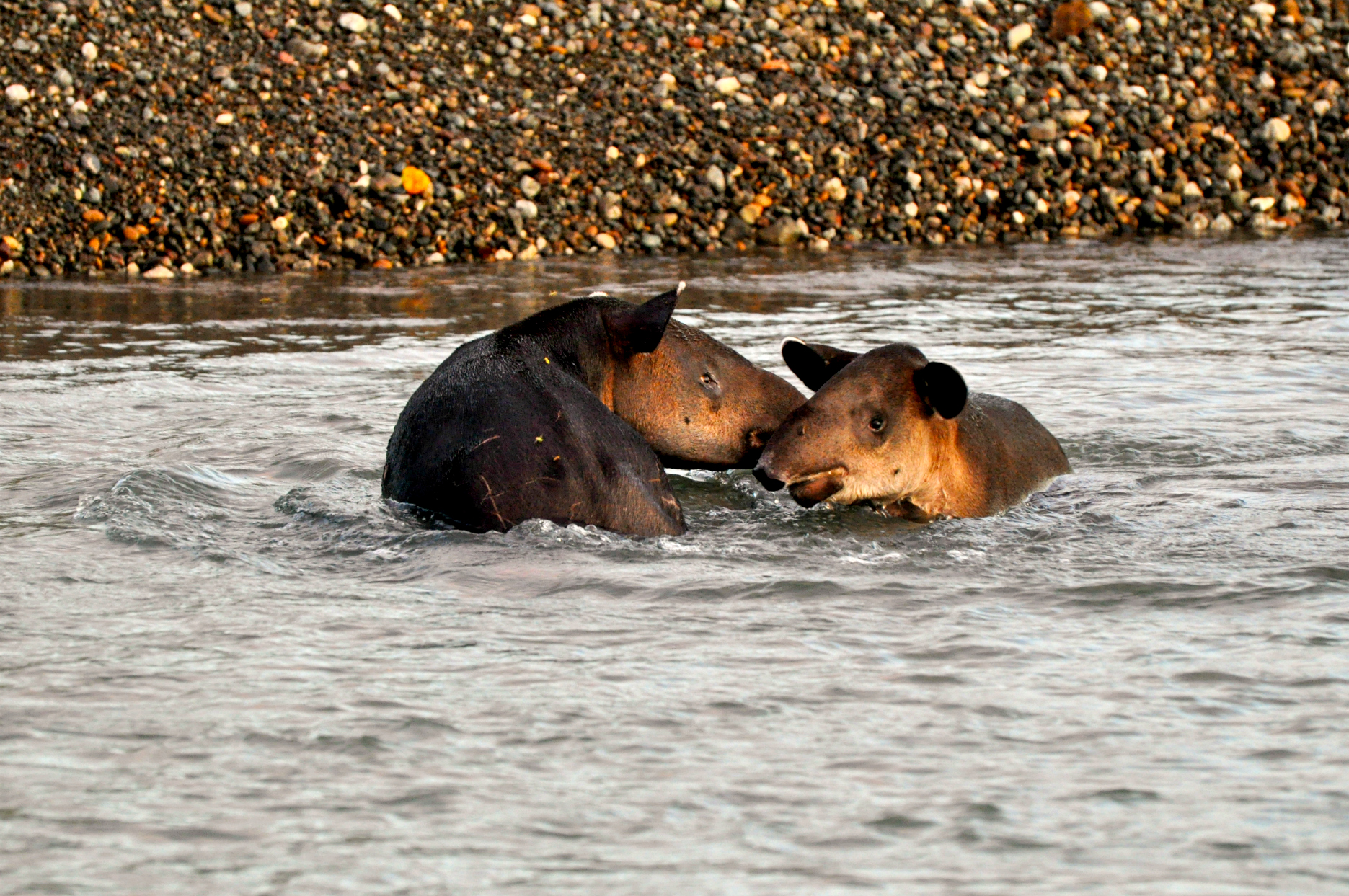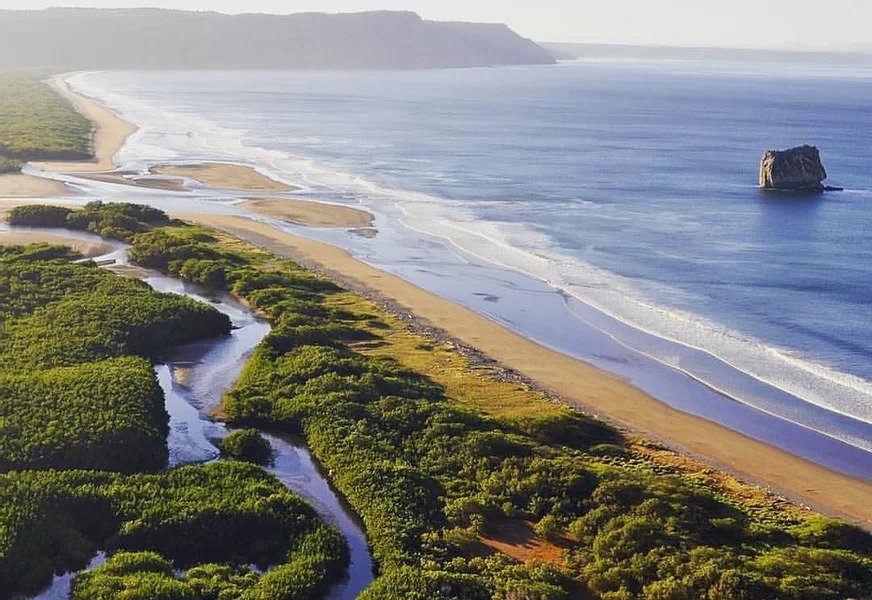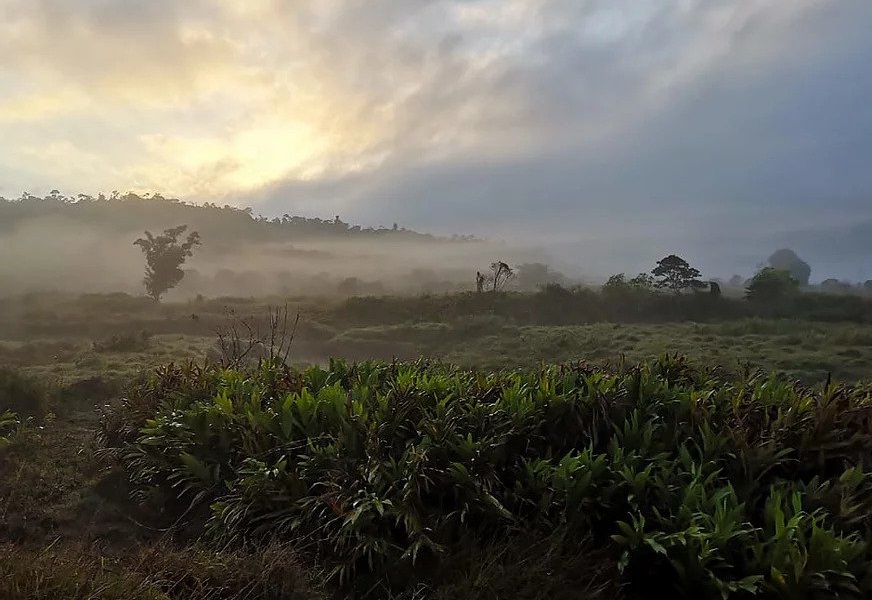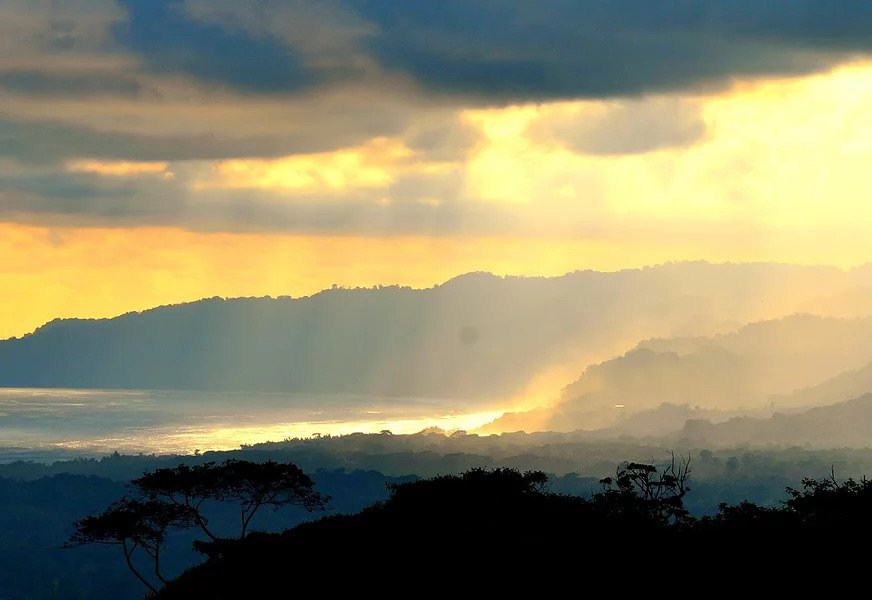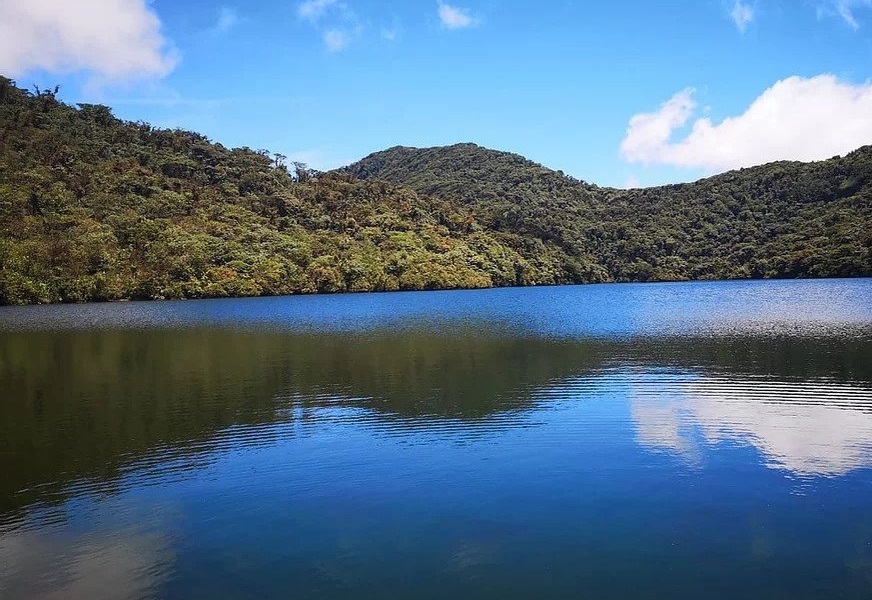Our Programs
WE COUNT ON SPECIFIC AREAS OF FOCUS IN COSTA RICA WHERE ALL OUR RESEARCHERS DEVELOP ECOLOGICAL RESEARCH AND
CONSERVATION PROJECTS AND HAVE WORKED FOR A NUMBER OF YEARS, HOWEVER, WE ARE ALSO OPEN TO MATCH OUR EFFORTS
WITH INITIATIVES AND PROGRAMS ON OTHER AREAS WHERE DEVELOPMENT OF LOCAL COMMUNITIES, ENVIRONMENTAL EDUCATION
AND BIOLOGICAL MONITORING OF KEYSTONE SPECIES AND THEIR ECOSYSTEMS ARE NEEDED.
GUANACASTE CONSERVATION AREA
The Guanacaste Monitoring Program for Felines & their Prey Species focuses on biological monitoring
of felines and their prey species that occur in the Guanacaste Conservation Area Nevertheless we
count on a special focus on habitat use and home range estimation of jaguars. This
is particularly important in order to infer how jaguars use their territory, interaction with
livestock and other carnivores and to follow up with their tracking in real time. We count on the
first jaguar tagged with a GPS collar in Central America and we are eager to keep expanding.
BARBILLA NATIONAL PARK & NAIRI AWARI INDIGENOUS TERRITORY
The Caribbean Slope Monitoring Program for Felines & their Prey Species has been running for over 10
years documenting abundance of predator and prey species with camera traps in Barbilla National
Park, the Nairi Awari Indigenous Territory, the Pacuare River Forest Reserve and non protected
areas. This information is crucial to make sure that conservation actions are being effective or not
and to plan management actions for the future.
Local perceptions of Wildlife in Costa Rica project aims to identify the factors that influence
attitudes towards jaguar conservation among indigenous and non-indigenous people. With this approach
is possible to address conservation topics and problematic in a more precise and effective way,
specially in territories where customs and culture backgrounds represents a bigger challenge.
OSA PENINSULA
The Osa Peninsula Monitoring Program for Felines and their Prey Species focuses on:
Biological monitoring of more than 20 species of terrestrial mammals that occur in the Osa
Peninsula, including the five species of felines and their prey species.
In conjunction with local community groups we develop research based on camera trapping and track
surveys that include Corcovado National Park, the Golfo Dulce Forest Reserve, Local Communities
Territories and Wildlife Refuges and Private properties.
RINCON DE LA VIEJA
The mammal population monitoring project for Rincón de la Vieja has been documenting the abundance
of more than 20 species of terrestrial mammals including felines and their prey species. Run by
researchers in conjunction with local owners and Ecotourism entrepreneurs, this initiative
aims to include all stakeholders in a region to understand the value of keystone species and
ecosystems for their well being, healthy life style but also economic income. Communities and locals
commonly are included also in citizen science activities in contact with real data collection and
divulgation activities.
